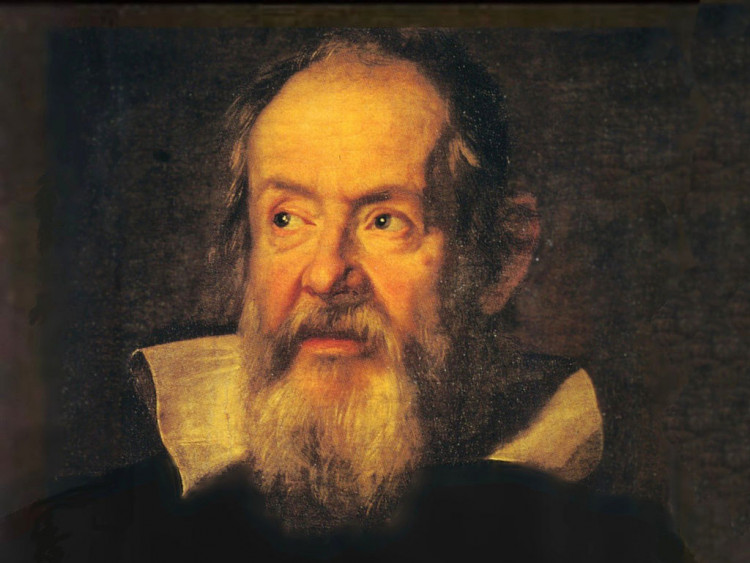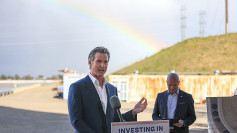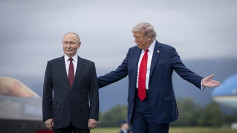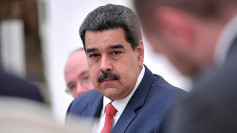The University of Michigan has announced that a handwritten document believed to be written by Galileo Galilei was actually just a forgery.
According to a statement from the library, the one document was a gem in its collection at the University of Michigan. However, an internal inquiry by a history professor revealed that it is a fake: watermarks in the paper date only as far back as the 18th century, more than a century after the famous astronomer's passing.
As per Donna L. Hayward, the interim dean of Michigan's libraries, "It was pretty gut-wrenching when we first learned our Galileo was not actually a Galileo," she told the New York Times last week.
The manuscript has been in the possession of the university since 1938 when Tracy McGregor's trustees donated it. Tracy McGregor is a Detroit industrialist who bought the manuscript at an auction held by another collector in 1934. According to the University of Michigan Library, the 1934 sale catalog stated that Cardinal Pietro Maffi (1858-1931), the Archbishop of Pisa, had verified the manuscript's authenticity by comparing it to other Galileo letters in his possession.
A draft of a letter that Galileo wrote before presenting a new telescope to the Doge of Venice in 1609 can be seen at the top of the document. The State Archive in Venezia, Italy holds the final draft of the letter that the eminent astronomer actually wrote. A set of notes on the moons of Jupiter that are also based on actual notes Galileo took can be found in the lower half of the document. The Florence National Central Library in Italy houses the final version of those notes.
A historian at Georgia State University named Nick Wilding noticed a picture of the paper and thought something wasn't right. He told the New York Times that the document was unusual for the 17th century in terms of the ink, the calligraphy, and some of the word choices.
In May 2022, Wilding sent Pablo Alvarez, curator of the University of Michigan Library, an email outlining his concerns. As a result, the university opened an internal investigation. The university declared that Wilding was correct three months later. The document was most likely written by Tobia Nicotra, a prominent Italian forger who worked in the 1920s and 1930s; it was not written by Galileo.
The Galileo document will now be presented in a different way, according to the University of Michigan Library. The fake itself might end up serving as a lesson.






